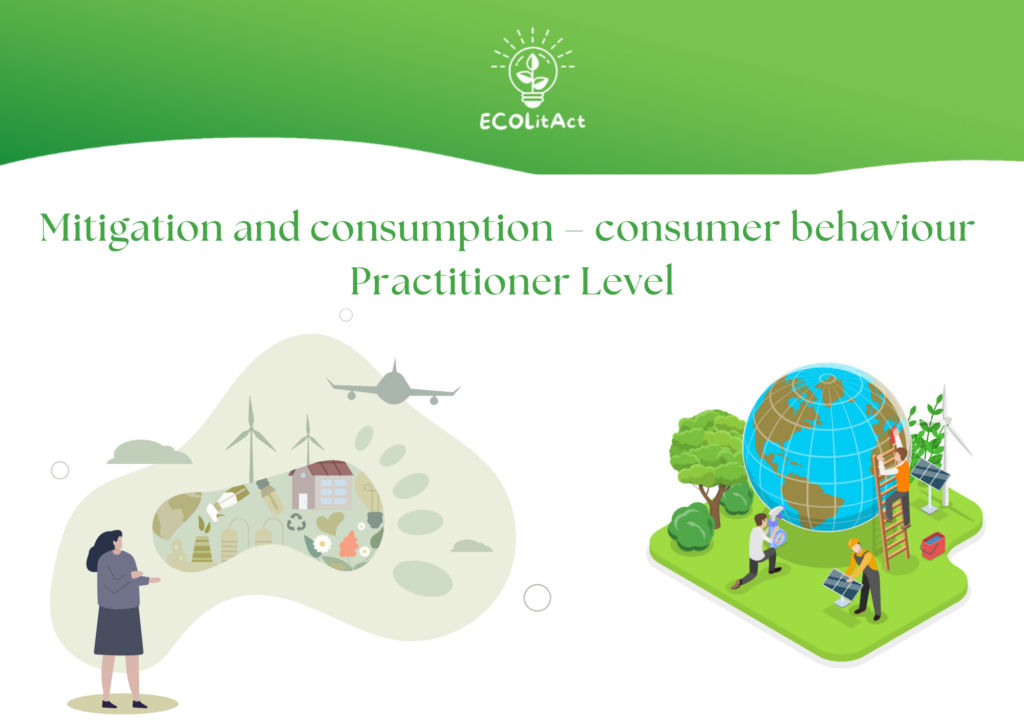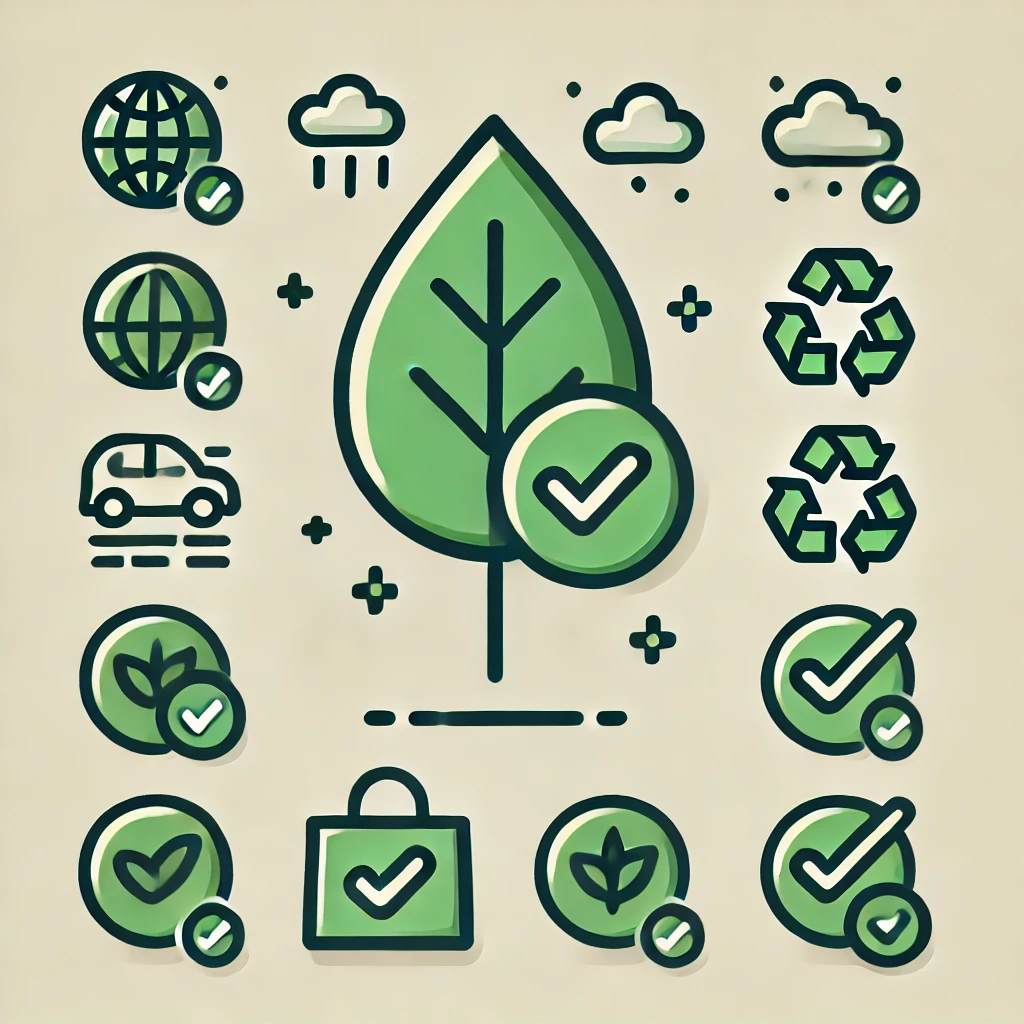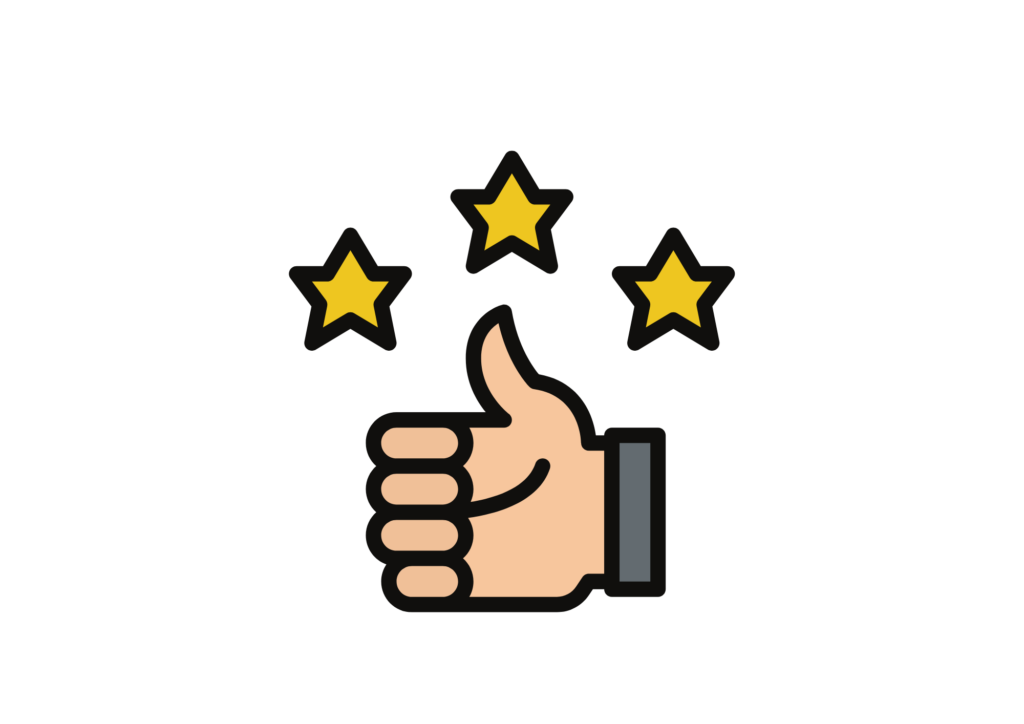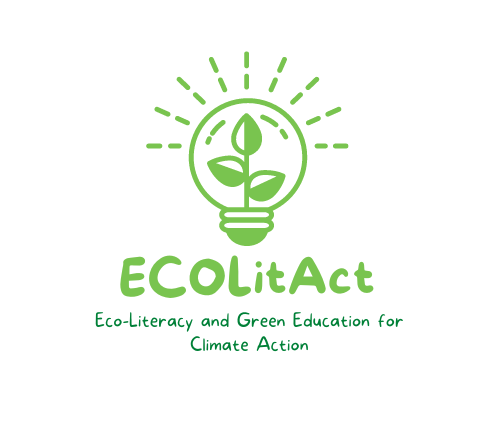
Introduction and Learning Objectives
Learning Objectives
Lesson Duration:
This lesson is self-paced and designed to be completed in approximately 2 hours.
📚Vocabulary List
Before diving in, take a moment to familiarize yourself with the core terms in this module.
The Green Household Challenge Scenario: Reducing Your Carbon Footprint
🌍By now, you’re familiar with the concept of a carbon footprint—the total amount of greenhouse gases (like CO₂) released by our actions, from how we travel to what we eat and buy. You know that everything we do—driving, heating our homes, shopping, even streaming—uses energy and resources. Consumer behavior is all about the choices we make when buying products and services. Every product has an environmental impact, from production to disposal. That’s why making smart, sustainable choices can help lower our carbon footprint and support a greener economy.
Now, let’s put your knowledge into action! Take a look at a learning scenario about carbon footprint below 🚀
Interactive activity: Drag the words
In this Drag-the-Words activity, you’ll match key terms to complete the sentences correctly. It’s a fun and simple way to reinforce what you’ve learned.
🪞 Reflect on Your Carbon Footprint Progress
Now that you’ve implemented your action plan and tracked your family’s carbon footprint for a few months, it’s time to pause and reflect on the changes you’ve made.
Consider the following questions:.

- Have your family’s carbon emissions decreased? If not, what barriers have prevented progress?
- What actions or changes had the most significant impact on reducing your carbon footprint?
- What challenges did you face while trying to reduce emissions (e.g., habits, budget, time)?
- What other steps can your family take in the future to further lower your carbon footprint?
Fashion with Purpose: Taking Action to Reduce Fashion Footprint
Fashion plays a crucial role in shaping our identities, and the clothing industry significantly impacts the environment. Fashion waste, driven by fast fashion, overconsumption, and disposal culture, is one of the leading causes of environmental damage today. At the Practitioner Level, we aim to go deeper into your consumer habits, understand the impact of your decisions on fashion waste, and explore actionable steps to reduce your environmental footprint through smarter choices.
The fashion industry is one of the largest polluters globally, contributing to:
- Water Usage: It takes thousands of liters of water to produce a single piece of clothing.
- Synthetic Fabrics: Non-biodegradable materials like polyester can take hundreds of years to break down.
- Textile Waste: Millions of tons of clothing are disposed of every year, many of which end up in landfills.
- Exploitation of Labor: The fast fashion industry often relies on cheap labor in developing countries, where working conditions are poor.
As a consumer, your role in reducing fashion waste begins with evaluating your purchasing decisions and lifestyle.
Take a look at this video to understand the true impact of fast fashion and how it misleads consumers:
🧩 Scenario: The Fashion Choices of Three Consumers– interactive activity
🪞 Reflection: Making Fashion Sustainable
As you wrap up this lesson, take a moment to reflect on the steps you’ve learned to reduce fashion waste. Making small, sustainable changes can have a big impact on both the environment and the fashion industry. Start by incorporating one or two new habits into your wardrobe, and over time, you’ll see how they contribute to a more sustainable future for fashion.

- What changes will you commit to making in the next month?
- How can you continue to stay informed and adjust your consumer behavior as you go?
Smart Shopping: How Consumer Choices Shape Food Waste
Food waste is a major global issue that not only affects the environment but also the economy. Every year, households waste about one-third of the food they purchase, contributing to unnecessary financial loss and environmental harm. This waste results from various consumer behaviors, such as overbuying, poor meal planning, and misunderstanding food labeling. As a practitioner, it is crucial to understand how our daily decisions impact both the economy and the environment. Reducing food waste starts with understanding these behaviors and implementing practical changes at the household level.
🧩 Scenario:The Wasteful Shopper
Imagine you’re a consumer heading to the supermarket. You’ve got a list, but you’re distracted by in-store promotions, special deals, and attractive packaging. You end up buying more than you need, and by the end of the week, some of that food ends up in the trash. The total value of this wasted food adds up, contributing not only to your personal financial loss but also to the strain on the global food system.
🪞 Reflection: Connecting Behavior to Impact
Now, take a moment to reflect on your own consumer behaviors. Ask yourself:
Consider the following questions:

- How often do I overbuy food due to promotions or perceived savings?
- What could I change in my food purchasing habits to reduce waste?
- How does this behavior connect to broader issues like economic waste and environmental impact?
Reducing Plastic Footprint in Practice
Plastic is integral to modern consumer society, from packaging to products we use daily. However, the environmental and economic cost of plastic waste is substantial. As practitioners, it’s essential to understand how consumer behavior influences plastic consumption and, by extension, how we can leverage that understanding to drive more sustainable practices. This lesson explores the connection between consumer choices and plastic waste, providing actionable insights on how you can make a tangible impact.
🔍 How Consumer Behavior Drives Plastic Waste
As practitioners, understanding the key drivers behind plastic waste is crucial to influencing consumer behavior and making a measurable difference. Some of the primary drivers include:
1. Convenience-Driven Consumption
Consumers often opt for pre-packaged items, bottled beverages, and disposable utensils for ease and efficiency. While convenient, these choices contribute significantly to plastic waste.
- Actionable Insight: Encourage reusable alternatives in your environment, such as offering bulk-buy options or promoting sustainable packaging in the workplace or retail settings.
2. Marketing Influence and Plastic Packaging
Brands design products to be eye-catching, often using excessive plastic to enhance visual appeal and functionality. Single-use plastic is marketed as a necessary product for hygiene, convenience, or portability.
- Actionable Insight: Advocate for businesses to shift toward minimalistic, sustainable packaging that reduces unnecessary plastic use while still meeting consumer needs.
3. Lack of Awareness and Misleading Recycling Information
Many consumers remain unaware of how much plastic they use, and confusion over recycling systems contributes to improper disposal.
- Actionable Insight: Educate consumers or employees on proper recycling techniques and encourage companies to use clear, understandable recycling labels on products.
4. The “Use and Toss” Mentality
Fast consumption cycles encourage a “throwaway” culture, where disposable products, such as coffee cups, plastic bags, and straws, contribute to ongoing waste.
- Actionable Insight: Support initiatives that encourage the reuse of products or provide incentives for returning single-use items for recycling.
🧩 Scenario: Diminishing plastic waste
🪞 Reflect on your plastic footprint
Take a moment to consider your plastic use and identify areas where you can reduce consumption:

- Assess Your Daily Use: How many single-use plastic items do you encounter each day? What alternatives could you try?
- Review Your Shopping Habits: What influences your decision to buy plastic-heavy products? How can you prioritize eco-friendly options instead?
- Incorporate Reusables:Are there reusable items (e.g., water bottles, bags) you could introduce into your routine?
- Influence Others:How can you encourage colleagues, friends, or your community to reduce their plastic use?
Final Quiz
You’re nearing the end of this lesson, and now it’s time to apply your knowledge of consumer behavior and its impact on your carbon footprint. Use the following questions to assess your understanding and reflect on your personal influence.
Good Job!
You’re now finished with the Practitioner level lesson on Consumer Behaviour !

If you would like to learn more about how your choices impact the environment and how to make more sustainable decisions, you can continue with the Expert Level lesson on Consumer Behaviour.
Showcase your new skills with Europass
You have just completed another step in your learning journey. The skills and knowledge you have gained are valuable – not just for countering climate denialism and contributing to a greener future, but also for opening doors to new opportunities for you! A great way to do this is by adding them to your Europass profile.
Europass is a European Union initiative that helps individuals communicate their skills, qualifications, and experiences clearly and effectively. It consists of several documents, including the Europass CV, which is recognised across Europe and beyond, making it easier for learners to present their qualifications to potential employers or educational institutions.
If you don’t yet have a Europass profile, creating one takes just a few minutes. Get started here. And if you need a little help to set things up, you can take a look at this video tutorial.
For the lesson you have just completed, we encourage you to add the following skills:
- Understanding of consumer behaviour’s role in carbon footprint reduction
- Development and promotion of sustainable lifestyle strategies
- Application of practical eco-friendly habits in daily life
